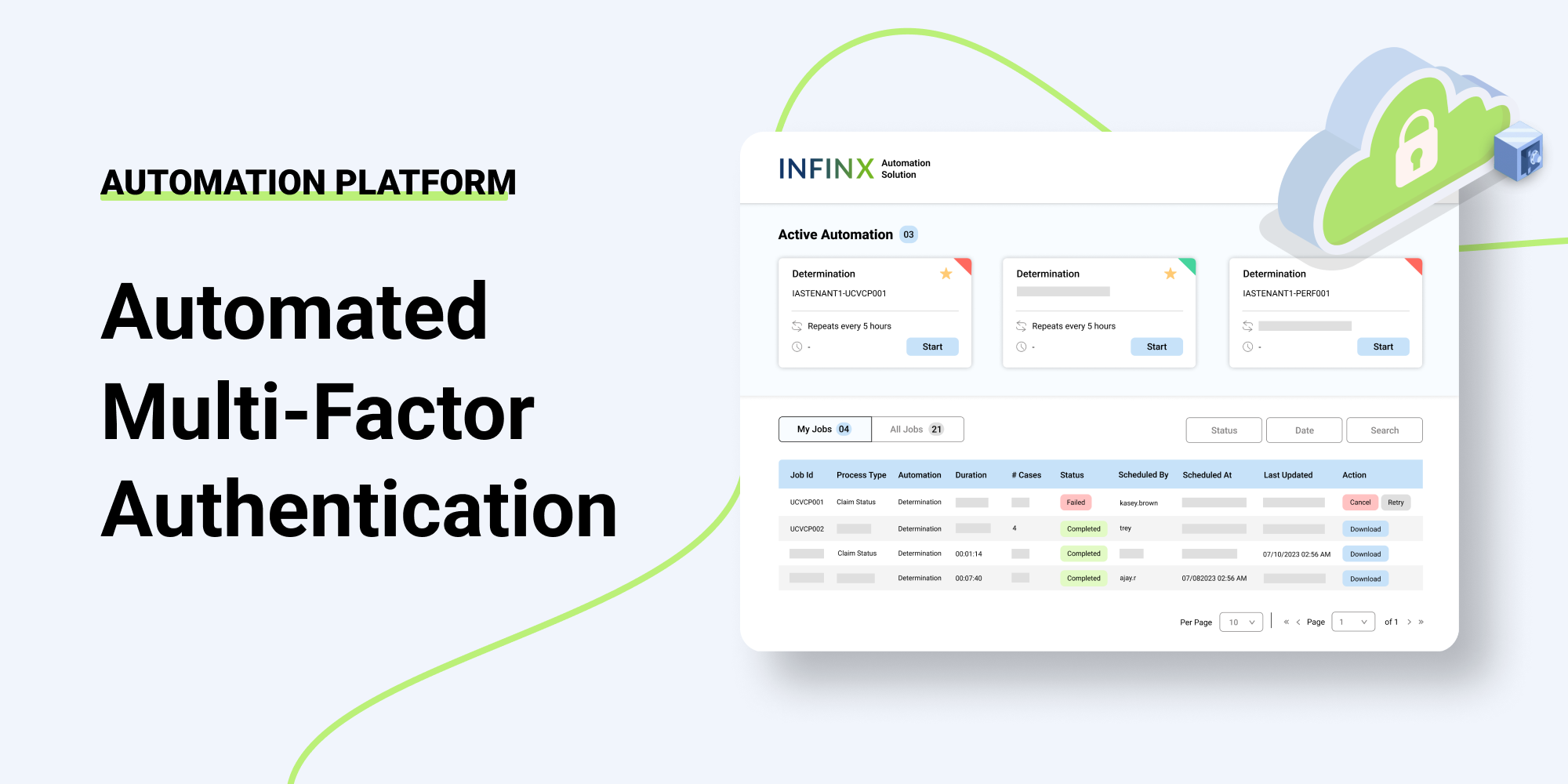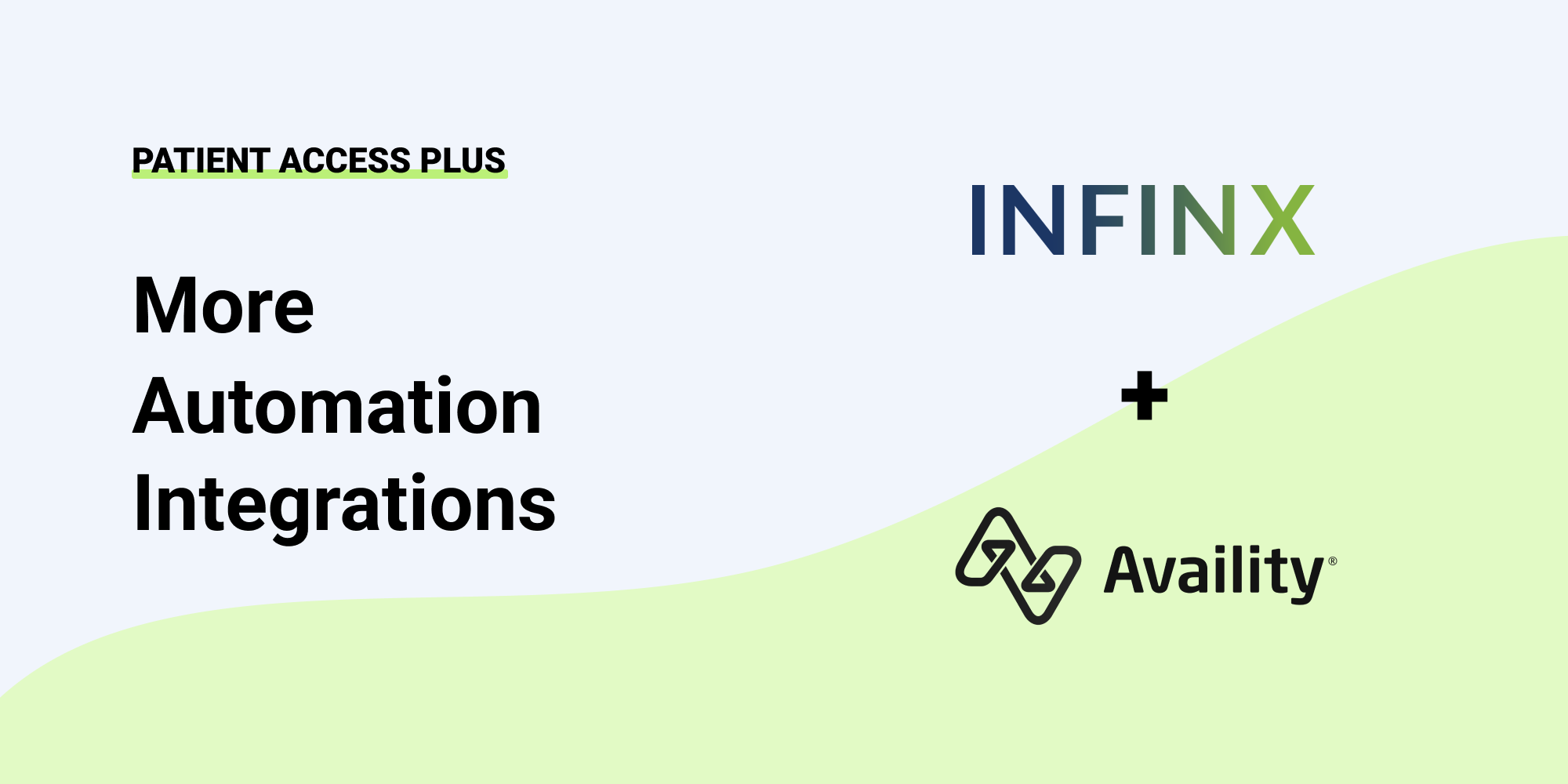Is Value Care Pharmacy the Next Step in Value-based Healthcare Delivery?
It’s a fair bet to say that everyone in healthcare wants to improve patient health while controlling for expenses and costs. Where it gets dicey is agreeing on how to achieve that. One approach involves a major shift in how care is delivered: the move to value-based care. In this blog, we examine what value-based care provides pharmacists and the benefits that would bring to their patients.
Case Study: Poor Outcomes, High Cost
Richard is a 69-year-old Medicaid patient who currently lives where a fee-for-service model of healthcare is in place. He was recently admitted to a hospital. During Richard’s hospital admission, his medications were altered, changed, and increased in number.
Richard was discharged on 15 different medications, including diabetes medication, as-needed pain medications, and digoxin. A pharmacist was not consulted or included in Richard’s discharge process. Upon discharge, Richard fills his medications. However, once he gets them home, he quickly becomes overwhelmed and confused by the medication names, indications, and directions. Richard is not exactly sure why he is taking so many medications or how to take them.
Eventually, Richard becomes discouraged and stops taking his medications as prescribed. Over time, Richard’s medication adherence becomes sporadic. Some days he takes his medications, and other days he simply does not. About a week passes and Richard begins to feel ill and experiences an irregular heartbeat. Frightened, Richard begins to take several doses of his medications at once. Suddenly, Richard feels chest pain and cannot breathe.
Luckily, Richard is able to dial 9-1-1. Richard is rushed to the hospital where he is readmitted. Richard’s physician orders several tests to evaluate Richard’s condition and additional medications for treatment. Once in the hospital, Richard develops an infection, which requires further medications and tests.
As the days go by, Richard’s physical and mental health begin to deteriorate. Richard feels dejected, depressed and merely unwell. In addition, the total cost of Richard’s healthcare skyrockets. When it is all said and done, Richard has experienced extremely poor healthcare outcomes at an incredibly high monetary cost, with seemingly no end in sight for either.
Value-based Care Delivery Scenario
Frank is a 69-year-old Medicaid patient who lives in the not so distant future where a value-based healthcare delivery system is in place. Frank was recently admitted to a hospital. During Frank’s hospital admission his medications were altered, changed and increased in number. Frank is set to be discharged on 15 different medications which include: diabetes medication, as-needed pain medications, and digoxin. Before Frank is discharged, his physician discusses Frank’s case with a team of healthcare professionals, which includes a pharmacist.
The team is focused on Frank’s healthcare-related outcomes and overall health and well-being. Their goal for Frank’s treatment is to prevent hospital readmission. The team also discusses Frank’s personal treatment goal and methods to increase his quality of care. The team identifies Frank’s personal treatment goal is to be on as few medications as possible. With Frank’s goal in mind, the team of healthcare professionals turns to the pharmacist to review Frank’s medications. The pharmacist evaluates Frank’s medications and makes some recommendations, which, ultimately, help reduce Frank’s total amount of medications.
The pharmacist also meets with Frank, before he is discharged, to discuss his medications and provide medication education. The pharmacist reviews the medications one by one with Frank to ensure he understands their indications and how to take them. Satisfied with Frank’s health, quality of care and medication review, Frank’s physician discharges him.
When Frank gets home with his medications, he feels comfortable with them and knows how to take them effectively. Moreover, Frank understands what his medications are treating and that his adherence to the medications is absolutely necessary for his continued health. Frank takes his medications as prescribed and feels great.
Weeks pass, and Frank’s health, overall well-being, and quality of life continue to improve. Frank does not have any health-related incidents and does not have to be readmitted to the hospital. Frank is satisfied with his healthcare, grateful to his team of healthcare professionals, including the pharmacist, and is enjoying life. When it is all said and done, Frank has experienced extremely positive healthcare outcomes at a relatively low monetary cost.
Similar Scenarios, Vastly Different Outcomes
Richard and Frank live in different times where two different healthcare systems are established. Richard lives in the present-day, where the current fee-for-service model of healthcare is in place, while Frank lives in the not-so-distant future, where the value-based healthcare delivery system is in place. Initially, Richard and Frank’s situations were very similar. However, their healthcare outcomes were vastly different. Unfortunately, Richard’s case and healthcare outcomes are all too familiar in the current fee-for-service model of healthcare.
Value Care Pharmacy Enters the Fray
In the current system, healthcare organizations such as hospitals are reimbursed or paid on the services they provide — meaning the more services they provide, the more they are reimbursed, regardless of results or patient outcomes. In other words, the fee-for-service model of healthcare rewards volume over value. The more volume hospitals have, the more value, in the form of monetary compensation, they will receive. Thus, healthcare organizations, such as hospitals, have to sustain themselves financially through volume, which has led to increased patient populations, overcrowded healthcare facilities and, most importantly, fractionalized patient care.
Under the fee-for-service model of healthcare, the healthcare system as a whole has lost sight of the individual patient and has instead focused on mass volume to ensure sustainability. Some argue that it makes individual patient results and outcomes are almost meaningless when it comes to the value of healthcare, which seems counterintuitive to healthcare in general. Additionally, the cost of healthcare has dramatically increased under the fee-for-service model, which has led to an unsustainable system and the need for system-wide reforms. Enter the value-based healthcare delivery system.
Economics of Value-based Healthcare Delivery
The value-based healthcare delivery system offers a new perspective on healthcare and reimbursement. Under the value-based healthcare delivery system, healthcare providers will be reimbursed based on quality of care and patient outcomes versus individual services — meaning, instead of volume, value will be rewarded. The economics of value-based healthcare delivery are as follows: patient quality of care, plus patient experience, plus total healthcare costs, equals value. In a value-based healthcare delivery system, the actual value of healthcare will be weighed in positive patient healthcare outcomes that occur at low costs, placing the patient back at the center of healthcare.
The value-based healthcare delivery system also encourages collaboration among healthcare professionals. To improve patient outcomes at lower costs, healthcare professionals must work together to deliver patient care, which means new opportunities for healthcare professionals such as pharmacists. That being said, pharmacists can expect to become more integrated with patient care under the value-based healthcare delivery system. As highlighted by the second case involving Frank, pharmacists can positively impact healthcare and improve patient outcomes. Through medication reconciliations, patient monitoring and patient education/counseling, pharmacists can offer many services, often collectively referred to as value care pharmacy services, which can improve patient outcomes and lower healthcare costs by preventing hospital readmissions and related services.
Focusing on Patient Care and Health
In the above cases, Richard and Frank had different experiences under two very different healthcare systems. Although Richard’s experience occurred in the present time and is all too common, the tide of healthcare is turning. The value-based healthcare delivery system has been embraced and is replacing the current fee-for-service model of healthcare, which means the focus of healthcare will be placed firmly, exactly where it should be, on the individual patient’s health. The value-based healthcare delivery system will also bring newly expanded roles for healthcare professionals such as pharmacists, so they too can focus on the individual patient and use their expertise, knowledge, and unique skill set to improve healthcare outcomes while reducing costs.


